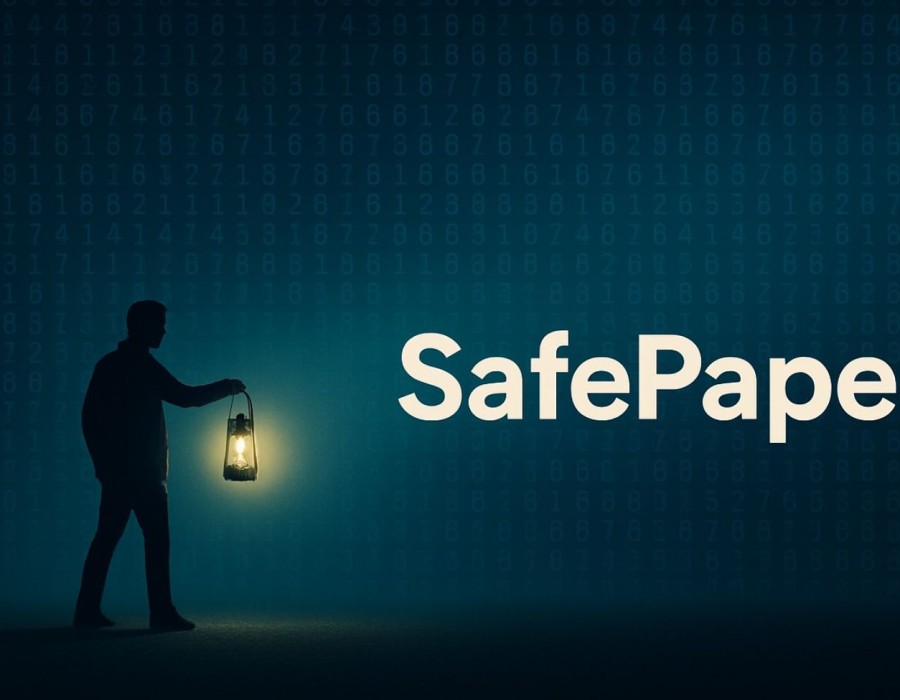In today’s hyper-connected world, our lives revolve around digital systems — from online banking and shopping to healthcare records and cloud storage. But with the convenience of the internet comes the growing threat of cyberattacks, data breaches, and identity theft. To protect ourselves, we must understand one key principle of modern cybersecurity: staying informed about digital security updates.
These updates aren’t just technical improvements; they’re your first line of defense against evolving cyber threats. In this guide, we’ll explore why they matter, how they protect your data, and what you can do to ensure you’re never left vulnerable.
What Are Digital Security Updates?
Simply put, digital security updates are patches or modifications released by software developers to fix vulnerabilities, enhance encryption, and improve system resilience. Every smartphone, operating system, or app you use regularly depends on these updates to stay secure.
Hackers are constantly searching for weak spots in software — and once a vulnerability is discovered, they move quickly. When developers issue a patch, it closes that gap before attackers can exploit it. Ignoring these updates means you’re leaving your digital doors unlocked, giving hackers easy access to your personal information, passwords, and financial details.
The Real-World Impact of Delayed Updates
Many users underestimate the importance of timely updates, assuming their devices are secure enough as-is. Unfortunately, history tells a different story.
- In 2017, the WannaCry ransomware attack exploited a Windows vulnerability that had already been patched — but many users hadn’t installed the update. Within days, it crippled hospitals, banks, and businesses across 150 countries.
- Similar incidents have occurred in mobile operating systems, where outdated apps became the entry point for phishing, spyware, and credential theft.
These cases prove that updating your software regularly is not optional — it’s essential. Staying alert to digital security updates can literally save you from devastating losses.
Why Cyber Threats Evolve Faster Than Ever
The speed at which cyber threats evolve today is staggering. Artificial intelligence and automation tools have given cybercriminals the ability to launch sophisticated attacks in seconds.
From phishing emails that mimic real brands to ransomware demanding payments in cryptocurrency, the tactics are always changing. Businesses and individuals alike must adapt quickly, which means staying informed about the latest digital security updates is no longer a choice — it’s a responsibility.
By keeping your software current, you ensure that your defenses evolve just as quickly as the threats targeting you.
How to Manage Your Digital Security Updates Effectively
While most devices automatically download and install patches, relying solely on automation isn’t always foolproof. Here are some practical tips to make sure you stay ahead:
1. Enable Auto-Updates on All Devices
Always enable automatic updates for your operating system, antivirus, browsers, and key apps. This ensures critical patches are applied without delay.
2. Regularly Restart Your Devices
Many updates require a system reboot to complete. Leaving your device on for weeks without restarting might mean updates are downloaded but not installed.
3. Update Third-Party Software
Don’t forget tools like PDF readers, media players, and plugins. They’re often the weakest link and favorite targets for hackers.
4. Stay Informed
Follow credible tech platforms and cybersecurity websites — like SafePaper.io — to stay up-to-date on emerging threats, best practices, and essential security advisories.
5. Backup Your Data
Even with regular updates, backups are vital. Store copies of your important files offline or in encrypted cloud services to minimize risks from ransomware attacks.
The Business Perspective: Updates Protect More Than Data
For companies, ignoring updates isn’t just risky — it’s costly. A single data breach can lead to financial penalties, loss of customer trust, and long-term brand damage.
Regular patch management helps businesses:
- Maintain compliance with privacy laws like GDPR and HIPAA.
- Prevent downtime from malware or system failures.
- Protect sensitive client and employee information.
Small businesses, in particular, are often prime targets because attackers assume they lack strong security practices. However, something as simple as routine digital security updates can dramatically reduce the chances of falling victim to an attack.
Beyond Updates: Building a Culture of Cyber Awareness
Security doesn’t stop with software patches. True digital safety comes from cultivating awareness — both individually and organizationally. This means:
- Using strong, unique passwords and password managers.
- Enabling multi-factor authentication (MFA) wherever possible.
- Avoiding suspicious links, attachments, or downloads.
- Training employees on phishing and social engineering tactics.
When combined with consistent updates, these practices form a holistic cybersecurity strategy that keeps you several steps ahead of potential threats.
The Future of Cybersecurity Depends on You
As technology continues to advance, cybercriminals will find new ways to exploit systems. But staying proactive can make all the difference. Think of updates as digital armor — invisible, yet indispensable.
The next time you see a system notification or app update alert, don’t delay it. Every second counts when protecting your personal data, finances, and identity.
For ongoing insights, trusted analysis, and the latest digital security updates, visit SafePaper.io — your go-to source for staying protected in the digital age.
Final Thoughts
Cybersecurity is not a one-time action; it’s an ongoing commitment. By staying alert, updating regularly, and following trusted resources, you take control of your digital safety. Remember, in the online world, prevention is always better than recovery — and every update is a step toward a more secure future.





Comments